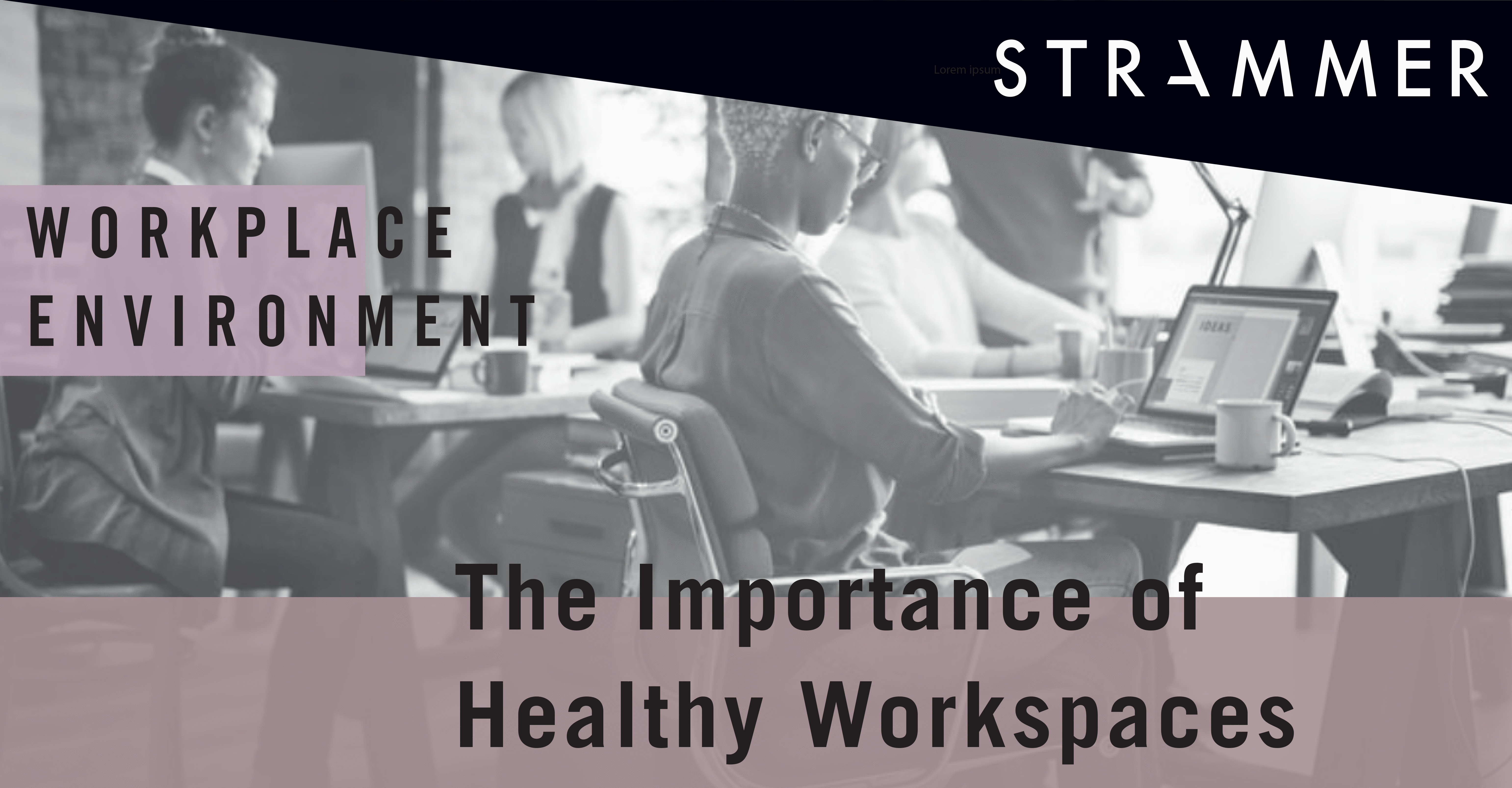Healthy Workspace
Most of our day is spent at work. Thus, the workspace environment can undoubtedly influence workers’ performance, engagement, satisfaction, and even overall health. For this reason, employers should invest in the workspace. According to the Fellowes Workplace Wellness Trend Report, 87% of employees want their companies to offer healthier workplace options, like healthy meals, fitness benefits, or even ergonomic chairs.
More than aesthetically pleasing to the eye, the workspace should be comfortable and healthy. Companies must ensure that the workspace is accessible, convenient and comfortable for the entire workforce, including people with disabilities.
Healthy workspaces also include good lighting. Poor lighting causes fatigue and headaches, which leads to decreased productivity. A 2018 study from Michigan State University found that working in poor lighting harms the brain. Also, having natural light is crucial. It helps employees see more clearly, boosts their mood and helps prevent and fight depression.
Workspace temperature has a key role, given that it influences productivity. When the workspace is at its optimal temperature, the body does not need to regulate body temperature, which allows people to focus more easily. According to a 2016 Business Institutional Furniture Manufactures Association report the biggest complain about the workplace was office temperature.
As a matter of fact, a 2018 study by King’s College London showed that nature was an effective mood booster in the office. Therefore, many companies started incorporating vegetation or even plants in the workplace. Nature improves office air and eliminates toxins. Another 2014 study done by universities in Australia, the UK, and the Netherlands showed that having plants in the workplace can improve productivity by 15%.
Also, companies must be aware of their workplace configuration. Today, open space offices are the rule in almost every workspace. But given that we are all different, this may not work for all employees. Some may focus and be more productive in quiet spaces, while others may need the opposite. Thus, employers must offer workers various options, such as private workspaces or shared rooms. Moreover, employers should offer places where workers can recharge their energy and take breaks. Some companies are even creating meditation and nap rooms.
Another key feature that can indeed transform the workplace is technology. Nowadays, companies extremely depend on it. Not only does it improve employees’ satisfaction and engagement but also productivity. Workers with access to efficient technological devices can perform their job more easily and quickly.
References:
- 6 STEPS TO A HEALTHY WORK ENVIRONMENT – THE PHYSICAL ASPECTS, May 2019, Flokk
- 6 science-approved ways to improve any workspace, November 2018, Atlassian
- Design Leveraged, 2016, International Interior Design Association





